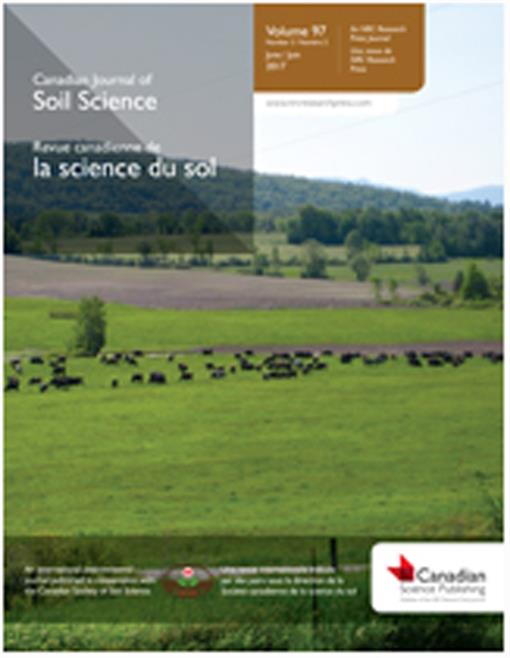Current approaches for estimating greenhouse gas (GHG) emissions from manure storages do not consider contributions due to bedding materials. Compared with sand, wood-based bedding has the potential to increase volatile solids and total solids concentrations and favour crust formation in liquid dairy manure. In this study, the GHG emissions from wood and sand bedding slurries were evaluated monitored continuously for 207 d (1 May–24 Nov. 2014) under “warm season” storage conditions. For both slurries, methane (CH4) made up >95% of the GHG emissions. The sand bedding slurry had minimal crust, which also led to more evaporation and higher ammonia volatilization losses when scaled by nitrogen content. The wood bedding slurry emitted 51% more CH4, eight times more nitrous oxide, and 53% more total GHG emissions (CO2-eqivalents). However, these differences were reduced if only the initial 123 d (1 May–31 Aug. 2014) of storage was considered. This was presumably related to the slower degradability of the wood bedding. Given these differences bedding choice should be considered in GHG emissions estimates.
How to translate text using browser tools
5 April 2017
Do volatile solids from bedding materials increase greenhouse gas emissions for stored dairy manure?
E.L. Le Riche,
A.C. VanderZaag,
C. Wagner-Riddle,
K. Dunfield,
V.K. Sokolov,
R. Gordon
ACCESS THE FULL ARTICLE
It is not available for individual sale.
This article is only available to subscribers.
It is not available for individual sale.
It is not available for individual sale.
ammonia
ammoniac
bovins laitiers
dairy
émissions de gaz à effet de serre
fumier
greenhouse gas emissions





